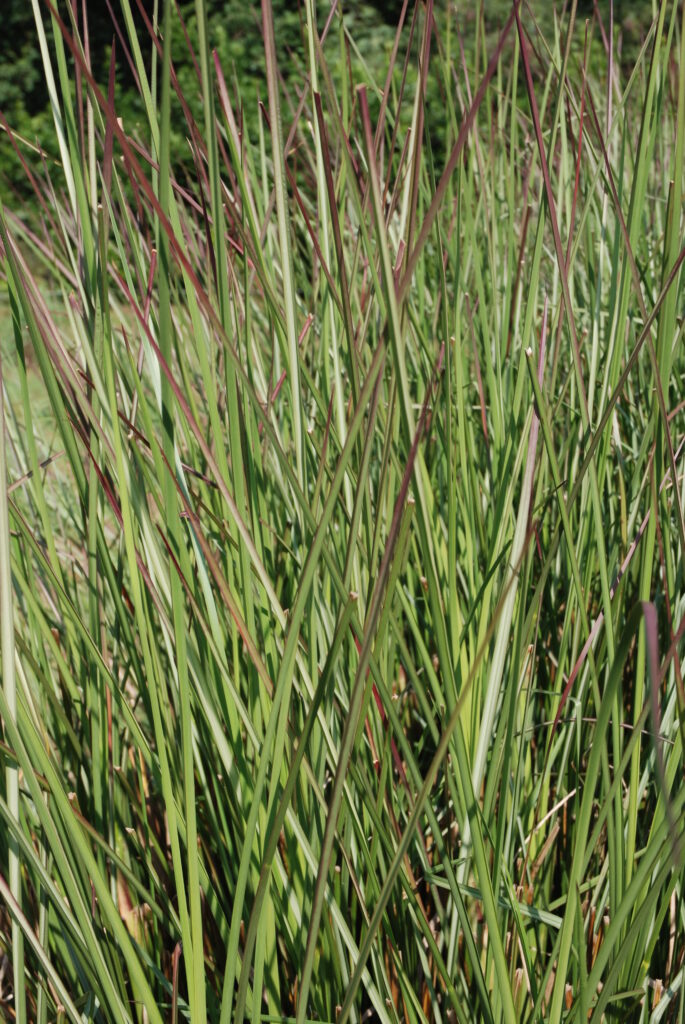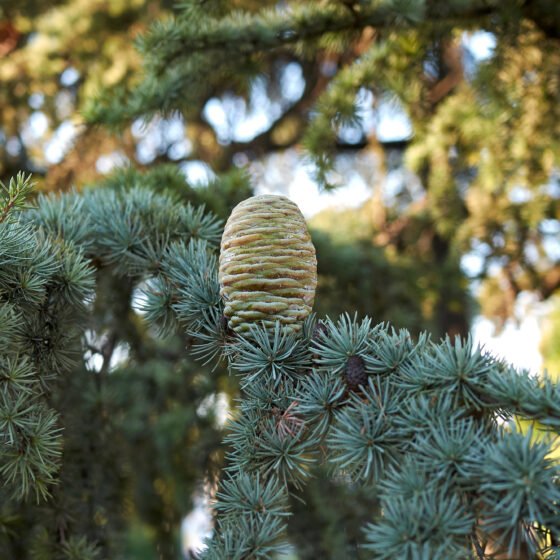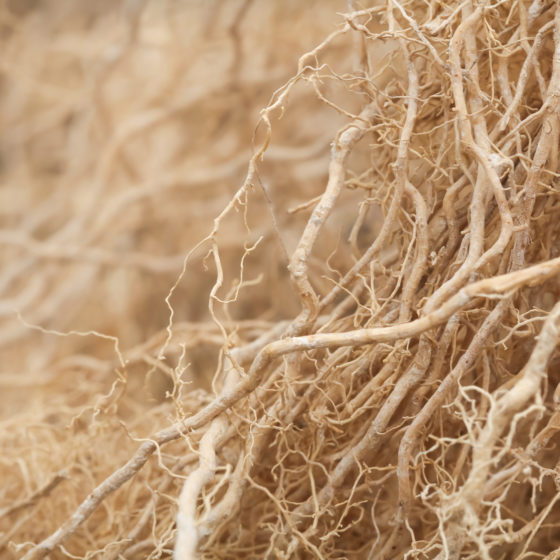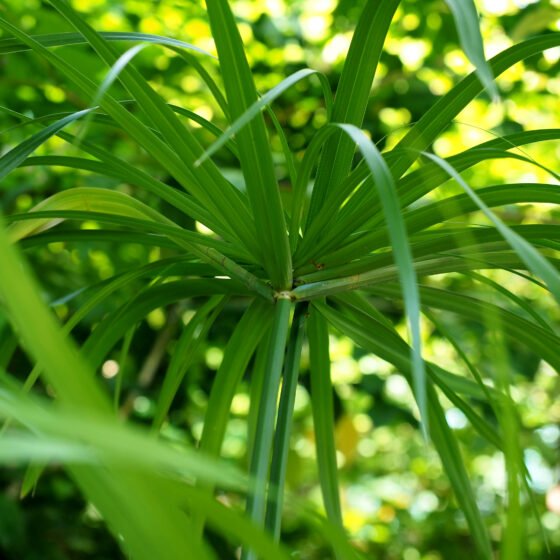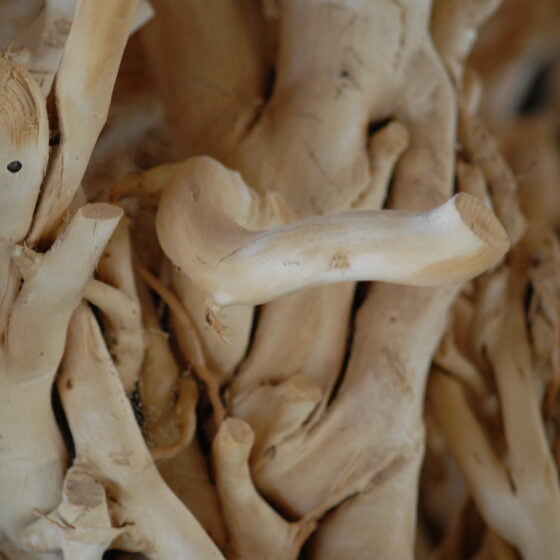
Vetiver Haiti
Vetiveria zizanioides
General data
Harvest Calendar
- J
- F
- M
- A
- M
- J
- J
- A
- S
- O
- N
- D
Product details Fragrance side
Found in many fragrances, often male ones, vetiver is at the heart of woody, cedar and amber notes. Its essential oil has often been used as a pure solinote with accentuating embellishment.
About
A grass that can grow up to two meters tall, Vetiveria zizanioides hides its delicate fragrance in its fine, fibrous roots. Anchored deeply in the ground, vetiver develops a dense network of slender, hairy roots that can also reach two meters in length. The word vetiver comes from the Tamil vettiveru, meaning “dug/unearthed roots.” Native Haitian vetiver differs from Javanese vetiver by virtue of its sparkling citrus notes that diffuse a fresh bitterness. They sweeten the earthy notes and the imposing, woody, slightly smoky warmth common to all vetivers. At harvest time, tufts of vetiver are cut back to ground level after being in the soil for 12 to 18 months, and are used to make handicrafts. Next, the farmers go over the ground using a pick to remove the clumps of fragrant roots, and the bare root slips are then replanted. The roots are washed and dried in the shade before distillation to collect the precious vetiver essential oil.
Native to India, vetiver has spread widely throughout tropical regions. Today, it is mainly cultivated in Indonesia and Haiti. The main vetiver growing region is Les Cayes in Haiti.
Fragrance side
Found in many fragrances, often male ones, vetiver is at the heart of woody, cedar and amber notes. Its essential oil has often been used as a pure solinote with accentuating embellishment.
About
A grass that can grow up to two meters tall, Vetiveria zizanioides hides its delicate fragrance in its fine, fibrous roots. Anchored deeply in the ground, vetiver develops a dense network of slender, hairy roots that can also reach two meters in length. The word vetiver comes from the Tamil vettiveru, meaning “dug/unearthed roots.” Native Haitian vetiver differs from Javanese vetiver by virtue of its sparkling citrus notes that diffuse a fresh bitterness. They sweeten the earthy notes and the imposing, woody, slightly smoky warmth common to all vetivers. At harvest time, tufts of vetiver are cut back to ground level after being in the soil for 12 to 18 months, and are used to make handicrafts. Next, the farmers go over the ground using a pick to remove the clumps of fragrant roots, and the bare root slips are then replanted. The roots are washed and dried in the shade before distillation to collect the precious vetiver essential oil.
Native to India, vetiver has spread widely throughout tropical regions. Today, it is mainly cultivated in Indonesia and Haiti. The main vetiver growing region is Les Cayes in Haiti.
Other type of extracts
(Woody)
